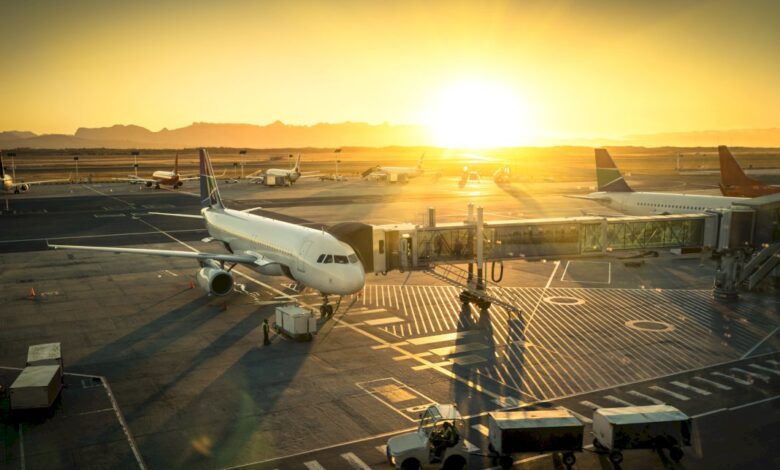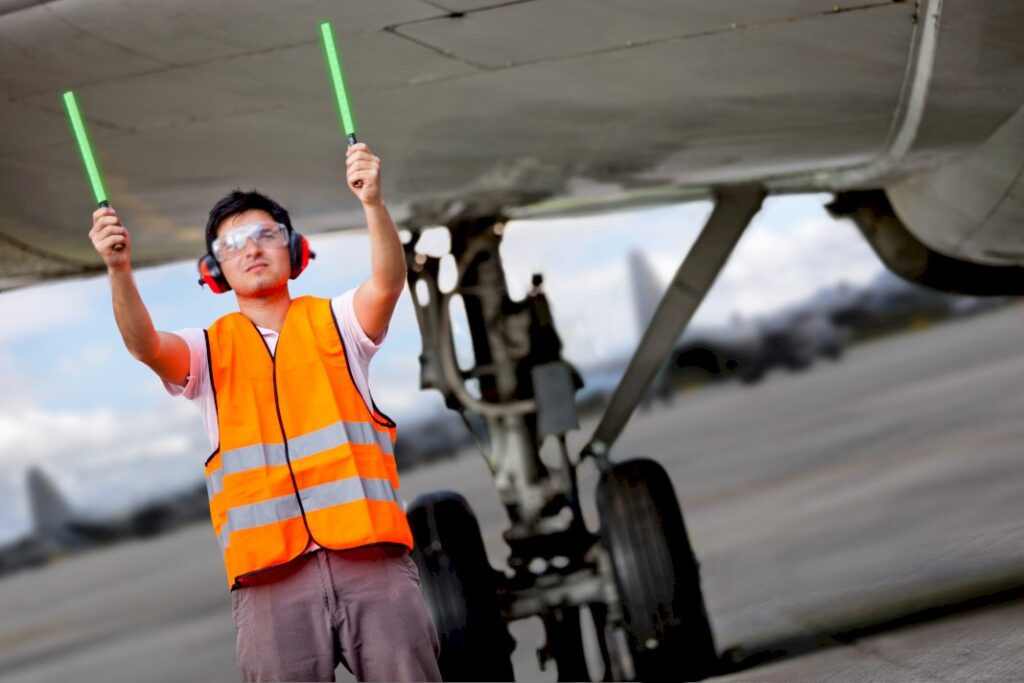Essential Safety Gear and Equipment Necessary for Aircraft Runway Operation

Safety is paramount in aircraft runways, and having the proper safety equipment in place can make all the difference. While many different types of safety equipment are used in airports, some are more essential than others.
From firefighting apparatus and visual aids to runway lighting systems and wind cones, these pieces of equipment play a vital role in keeping aircraft runways safe for pilots and passengers. This article will look at some of the essential safety equipment used on airport runways today.
Safety Equipment
Here are some of the essential pieces of safety equipment used on aircraft runways:
Lighting Systems
Aircraft runways must use a lighting system to comply with strict safety regulations. Lighting systems comprise several components, such as lights, object markers, and control equipment. This feature is necessary to ensure that planes can safely land and take off in any weather, from nighttime darkness to fog.
Aircraft lighting also plays a vital role in keeping the airport safe because it increases visibility for both pilots and air traffic controllers. To properly use these lights and elements, operators must master their installation and maintenance systems, so all features work effectively.
Firefighting Apparatus
Firefighting apparatus is essential to safety equipment used in airports and aircraft runways. This apparatus must respond quickly to fires in or around the premises.
Designed with specific purposes in mind, firefighting apparatus can come equipped with foam or water tanks, hose reels, extinguishers, and a variety of nozzles for various responses. To use the equipment effectively, it is vital to have thoroughly trained personnel with knowledge of how each item works and when to use them.
All areas must also be inspected regularly for any obstructions that could hamper access and deployment, as well as material signs at all entrance points demonstrating where the equipment is located and instructions for its use.
Visual Aids

Visual aids are essential safety equipment to help pilots and air traffic controllers land and take off aircraft safely. These aids, like runway signs and light signals, provide pilots and controllers with much-needed visual information and orientation, which is essential when carrying out complex maneuvers.
Visual aids typically involve lighting systems, including edge lights to mark landing lanes and obstruction lights that keep obstacles near the runways. Using visual aids requires focused attention from the pilot to identify these signals, interpret them correctly, and maneuver accordingly. If mishandled or missed altogether, it can lead to severe consequences such as losing control of their aircraft or collisions on the runway.
Wind Cones

Wind cones are essential safety equipment for aircraft runways, providing pilots with vital information about wind direction. Wind cones are portable, made of metal, measuring one meter high, and thus easily transportable. The most common type is the four-sided wind cone, which uses two sides of white and two sides of orange to indicate wind direction.
The white side should be faced the wind and point towards the runway, while the orange side should be positioned on the opposite side and faces away from the runway. Pilots should use wind cones and other reference materials when assessing crosswinds before takeoff or landing.
Markings and Signs
Markings and signs are valuable safety equipment for aircraft runways. Designed to be highly visible, they provide essential information and directions to pilots before takeoff and while in flight. The markings include numbers, letters, and symbols which indicate the runway’s dimensions, shape, orientation, and threshold.
These help to define taxiways’ turnoffs, landing strip centerlines, communication frequencies, and runway lengths. Additionally, signs used on runways may denote various warnings or hazards that pilots must consider before embarking on a flight path or direction.
All airport personnel must become familiar with the layout of runway markings and signs, as changes can occur from time to time due to maintenance or construction projects being conducted on airport grounds.
Airfield Surveillance Radar System (ASR)
Airfield Surveillance Radar System (ASR) is a critical tool for safe air traffic management, especially in busy airports. ASR provides continuous surveillance of the runways and accurate determination of aircraft speed and location, helping aircraft navigate their way around airports.
This critical safety equipment is designed to detect aircraft within the areas of responsibility defined by the International Civil Aviation Organization (ICAO). An ASR can also see other airborne objects threatening safety, such as birds and balloons, issuing an alert when they enter an area close to aircraft movement.
While ASRs are designed to provide precise information on aircraft movements and position, operators need to use the radar system properly to maximize its effectiveness and ensure the safety of passengers flying in and out of airports.
These are just some of the essential safety equipment used on aircraft runways. Airport personnel must understand how to use this safety equipment as they play a crucial role in keeping airports and their surroundings safe for everyone.
For more valuable information visit this website.






